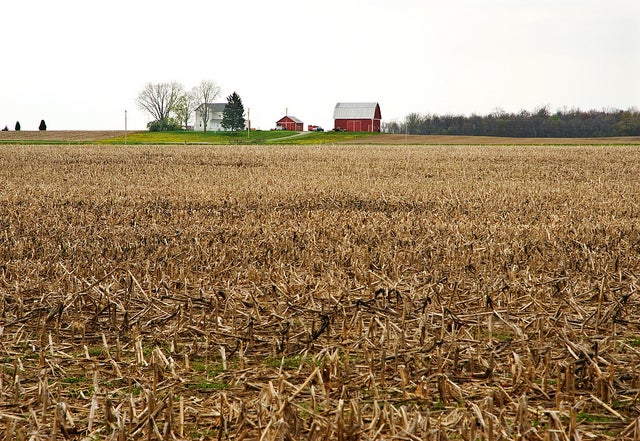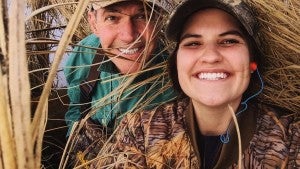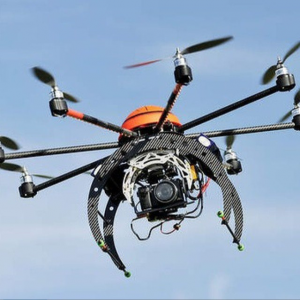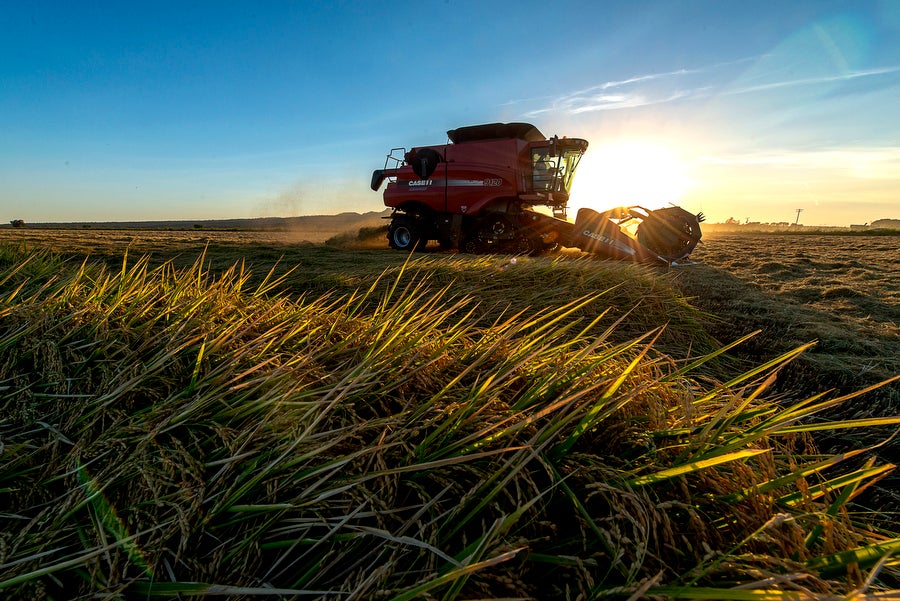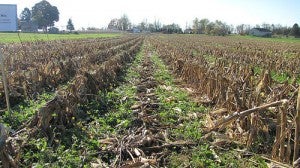Cropland, which covers roughly 13% of global land surface, is integral to producing food, slowing warming and boosting resilience. Farmers find themselves in a difficult spot: they are compelled to deliver higher yields to feed a growing human population but with a lower carbon footprint.
This complexity is underscored in a recent paper published in Nature Climate Change, which assessed how tillage, cover crops and crop residue affected both crop yields and greenhouse gas mitigation over time. This work is the first to examine the yield and mitigation impacts of common regenerative agriculture practices independently and collectively at a global scale looking out to 2050 and 2100.
Importantly, farmers can use these conservation practices to produce yields and mitigation, but they will need additional technical and financial assistance to do so. This is critical to maintaining livelihoods, food stability and supporting the climate.










